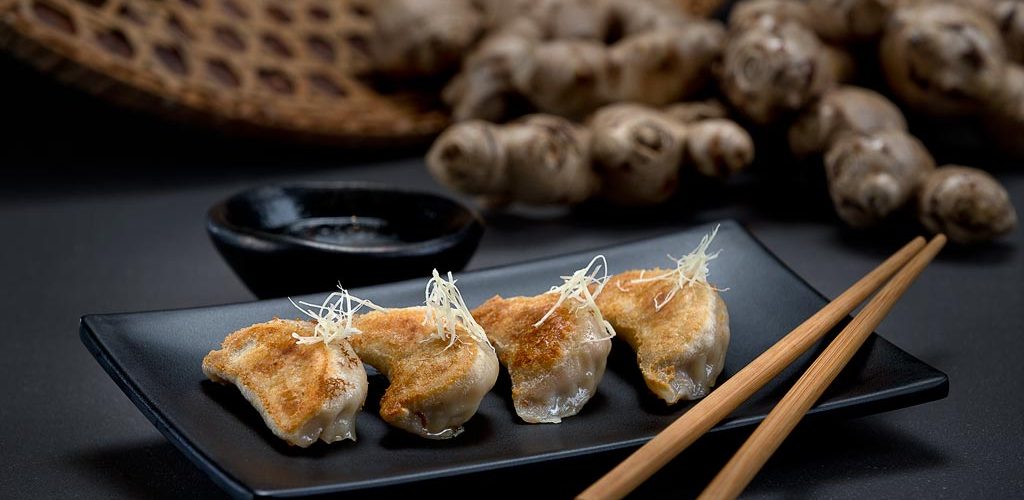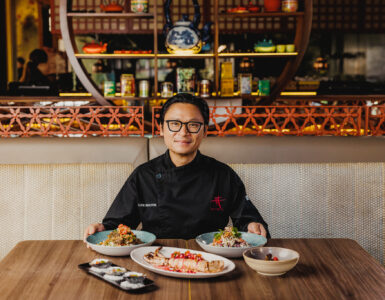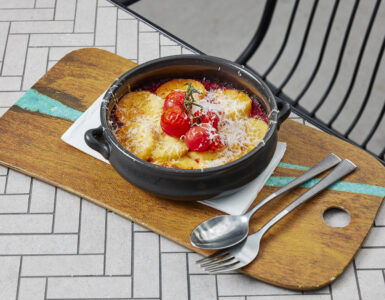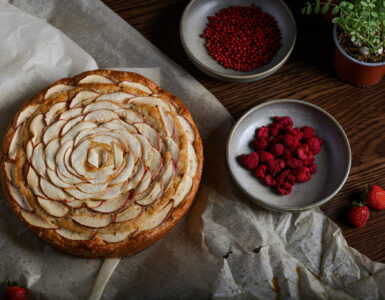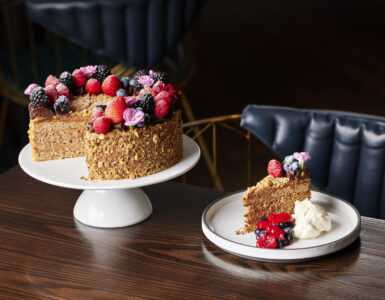Don’t know your xiao long bao from your xia jiao? We’ve enlisted the help of food journalist and Chinese cuisine expert Lee Tran Lam to school us on the most popular yum cha dishes.
Yum cha, in case you’ve never had the pleasure, translates to “drink tea” in Cantonese. It’s a brunch tradition that involves indulging in Chinese tea while eating a selection of bite-sized dishes.
Yum cha menus are often pages long, which can make ordering overwhelming, but if you’re looking for an authentic experience, start with these staples.
Xiao long bao
In the 1700s, Emperor Qianlong made xiao long bao famous: he raved about this local specialty while touring China’s Jiangsu province.
Its name means “little basket bun”, but the soup dumpling version that’s popular today – pork mince encased in pastry with congealed or set stock, which melts into a hot broth once steamed – is a19th-century invention from nearby Shanghai. The dumpling’s many pleats indicate well-made xiao long bao; bite this crimped “topknot” to allow steam out and prevent scalding when slurping the soup. An ideal dumpling is delicately made, but sturdy enough to hold the broth without disintegrating.
Xia jiao
Fighting over bamboo steamers of xiao jiao is a familiar yum cha ritual. The dim sum staple is also known as har gow or crystal prawn dumplings; the latter name helps describe its appearance – the see-through pastry showcases the brightly coloured seafood contained inside.
Xia jiao first appeared a century ago along the Pearl River in Guangzhou, southern China; the purse-shaped dumpling allowed locals to show off the freshness of their catch. The wheat and tapioca flour wrapper should be sticky and chewy – but transparent and thin enough to beautifully display the chopped prawn and bamboo-shoot filling.
Kung pao chicken
This spicy chicken dish is considered a Sichuan staple, but there’s debate over where it first came from. It’s named after Ding Baozhen, a 19th-century governor of Sichuan, in China’s southwest – because he was officially called Gong Bao, kung pao chicken is also known as “Gong Bao Ji Ding” (“The Palace Guardian’s Diced Chicken”). His upbringing in Guizhou and years in Shandong has led to theories that kung pao chicken might hail from either region.
What’s certain: this hot-from-the-wok dish highlights chopped chicken that’s stir-fried at high-blast heat, flavoured with Sichuan peppercorns and finished with nuts for sustained crunch and contrast.
Char siu pork
This bright-red roasted meat – displayed in the windows of Chinese barbecue restaurants the world over – can be served with rice, egg noodles or stuffed in a steamed bun (bao).
Its history dates back millennia: legend has it that Zhuge Liang, the famous Chinese military strategist, invented char siu bao almost 2000 years ago in order to save his army. Today char siu is synonymous with pork, and its sticky red marinade is made with hoisin sauce, five-spice powder and soy, while its glaze has a maltose gloss. Char siu means “fork roasted” and this Cantonese staple should be juicy, tender and caramelised.
Egg custard tarts
Like many favourites seen on yum cha menus, egg custard tarts originated from Guangzhou in China’s south. This Western-style dessert started to appear in the 1920s – perhaps due to British influence from the Opium Wars.
In the 1940s, this sweet emerged in Hong Kong; its similarity to the Portuguese egg tarts (pastéis de nata) can be credited to nearby Macau, a Portuguese colony. The Hong Kong version, though, has a sunnier, yolk-heavy custard and omits the nutmeg sprinkles on top.
Nowadays, it’s a familiar sight on yum cha trolleys and should land on your table still hot, with a flaky crust, perfect with a cup of tea.
Looking for a recommendation? Bite into these delicious dishes at Treasury Brisbane’s newly opened Mei Wei restaurant.

